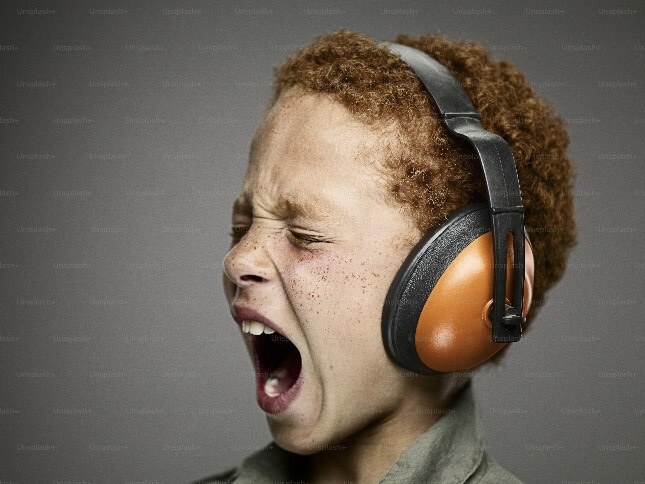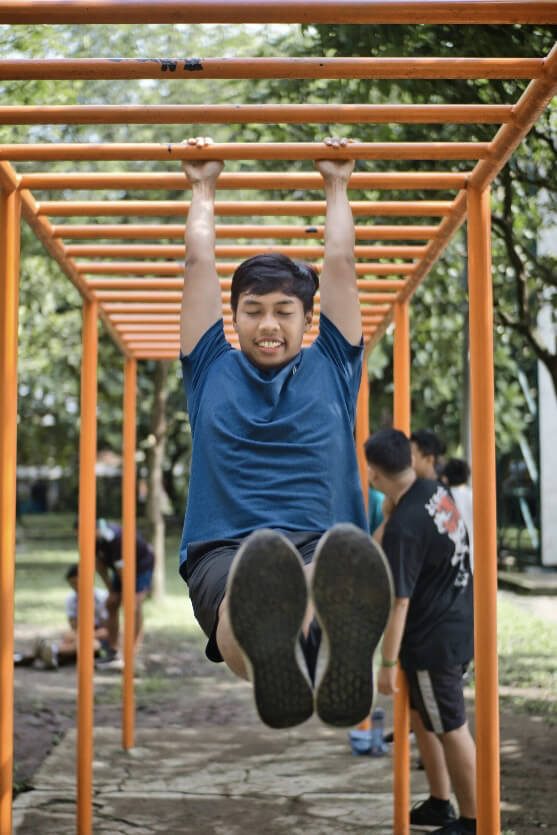Understanding ADHD (attention deficit and hyperactivity disorder)
Posted on: Thu 26th Jun 2025

This month, our topic is ADHD 'Attention Deficit Hyperactivity Disorder'. ADHD is a common neurodevelopmental disorder that can present in many different ways among children and young people. Symptoms can include hyperactivity, inattention, and impulsive behaviours. At Five Education we support many children with ADHD, and young children especially can often find some days overwhelming.
The symptoms of ADHD can interfere with social interaction, staying on task at school and mental-well-being. Please take a read as we dive into the world of ADHD, and discuss tips and techniques to best support this neurodevelopmental disorder in our schools.

What is ADHD and how does it affect children? A more detailed explanation
We already know that ADHD is a neurodevelopmental condition. This commonly can start to show symptoms in childhood which can continue to affect people into adulthood. Most commonly young people with ADHD can very much struggle to stay focused at school.
A noisy classroom and busy environment can be incredibly over-stimulating for children. This makes it even harder to concentrate throughout the day, with the expectation to perform well in school. Quite often children brain's will often jump between different pieces of information.
This video provides an excellent explanation of how a day may feel for a young child with ADHD.

Recognising ADHD in Children
Unfortunately, ADHD can be very difficult to receive a formal diagnosis. There are huge waiting lists for young children to be diagnosed. Some children may have a single diagnosis of ADHD or a mixture of both Autism and ADHD.
Luckily ADHD can be identified by caregivers and Educational staff. Being aware of these symptoms can help you recognise a child you may need extra support. Many symptoms can be identified in school and you can look out for the following:
Focus and attention in school:
- The great difficulty in sustaining attention
- Disorganisation
- Daily forgetfulness
- Becoming easily distracted
- Finding it hard to complete tasks
Impulsive language and Behaviours:
- Being overactive to certain questions or instructions
- Interrupting conversations
- Acting on things without thinking them through first
- Difficulties with waiting for their turn
Hyperactivity and restlessness:
- Running or climbing excessively throughout the dayFinding it very hard to sit still
- Inability to stay quiet and talk excessively
- Disruptive behaviour due to not being able to regulate energy levels

Classroom strategies to help support students with ADHD:
There are several strategies and techniques you can use to support children with ADHD. To make things easier, I have broken these down into two sections: Classroom strategies and physical intervention strategies.
Classrooms can be an overwhelming environment for a young person with ADHD. The noise and busy environment can be very over-stimulating and sometimes quite distressing. Hopefully, these strategies will help assist you in supporting students academically as well as supporting mental well-being.
- Breaking up the school day: Allowing for several breaks away from the classroom will help with 'brain breaks' for when workloads become too much.
- Effective communication with the class: Speaking to the class and giving them an explanation of your student's needs and how they learn differently, may help support the student.
- Following a timetable: Sticking to a clear timetable throughout the day that the student can easily understand.
- Praise for completing a task or activity: Some students with ADHD can struggle to complete a task. Giving a student lots of praise when this is achieved can have amazing effects on boosting self-esteem.
- Keeping a calm environment: If possible, try and create a calm space for the students to access when they can't be in the main classroom. Somewhere quiet with minimal distractions in the room.
- Repeating more complex instructions: Sometimes people with ADHD, learn and process information differently. You may need to explain tasks slowly and make your choice of language less complex.

Physical intervention strategies to help support students with ADHD:
Movement breaks can be a real release for some people with ADHD and help relieve stress and anxiety. Students with ADHD will often need movements throughout the day to help improve focus, increase the capacity to learn and reduce overall hyperactivity. Here are some techniques and exercises you can use throughout the school day that can be an excellent release for children.
- Wobble cushions/Floor cushions/Fidget toys: Specialist cushions that allow a child to move about whilst sat down can be great for encouraging a student to stay seated. Fidget toys are also great as they allow fidgeting in a more controlled way that helps keep a student-focused.
- Sensory circuits: Setting up an obstacle course to allow a student to burn off some energy and also regulate energy levels can be very effective. Setting up an obstacle course that allows jumping, balancing, rolling and pushing activities can be great for sensory input through the body.
- Making a safe environment: it's really important to maintain a safe environment for children with ADHD. If you are going to encourage physical exercises, please make sure the environment is safe so the child can let go.
- Deep breathing exercises: Sometimes it can be effective to do some deep breathing exercises after a physical activity to help ground a student. Spending a few minutes focusing on the breath can activate the 'parasympathetic nervous system'. This can help with the fight-or-flight response and stop impulsive behaviour.
We hope that these techniques will help support your journey with ADHD. With time and persistence, these techniques will help you contribute to the development and life skills of the individual child. Having ADHD can give an individual many strengths and positive advantages. Hopefully, these strategies will help you enable a student to thrive in their classroom environment.
Support for Educators and Caregivers
We understand that supporting children with SEND has its challenges and can, at times, take a toll on your well-being. If you are struggling in a particular placement and need some support and advice, we are always here to help you. Please reach out to Karla Tondel at Five Education and arrange weekly check-ins for advice, support, and guidance to help you with your work and provide you with a safe space to talk. Please call 07978983657 or email karla@fiveeducation.co.uk to schedule a chat. If you're looking for a role in September supporting children with SEND you can take a look at our website jobs page. We will support you every step of the way during your time with Five Education.
More articles
-

How to become an effective SEND supply teaching assistant
Posted on: Mon 3rd Nov 2025
At Five Education, we understand and appreciate the challenges of being a SEND teaching assistant,…
-

How to effectively support early years children with Special Needs
Posted on: Mon 3rd Nov 2025
To effectively support early years children, we need to think about nurturing and fostering their…
-

Deconstructing Pathological Demand Avoidance and Oppositional Defiant Disorder
Posted on: Wed 24th Sep 2025
Identifying and working alongside children with PDA and ODD can be challenging and requires skill…
-

Understanding and recognising Trauma in children (Using a Trauma informed approach)
Posted on: Tue 12th Aug 2025
At Five Education we support many children who may have experienced trauma in our schools and…
